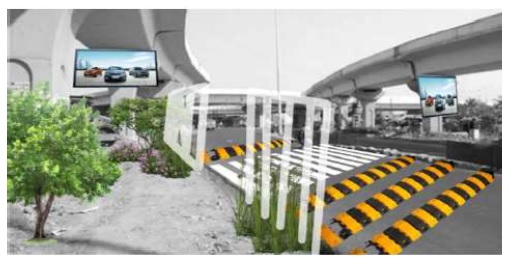Utilizing Inoperative Spaces Effectively
DOI:
https://doi.org/10.31033/ijemr.13.3.8Keywords:
Urban Voids, Urban Infrastructure Void Spaces-Spaces Under The Flyover, Adaptability, Revitalize, Place-Making, Rehabilitation, Reviving Dead, Unutilized SpacesAbstract
Due to a lack of areas for socio-cultural conditioning, declining recreational opportunities, and environmental degradation, urban life is quickly becoming boring and unattractive. However, it is noted that, there are certain 'Urban Voids’ amongst buildings, at street corners and so forth which are left over (unused) spaces.
'Urban Voids' can be defined as follows,
"Spaces that have no function and are neglected, unutilized, under-utilized or abandoned land or areas and premises which exist in urban areas due to outdated or defunct uses ‘. (Omnia Mamdouh Hashem, 2022)
This paper is going to explain the concept of voids, identifying, and analyzing the type of voids, how these void spaces have great potential for turning into public spaces through place making process. This paper is going to focus on Infrastructural linear voids: spaces found underneath flyovers and their hidden potential which can help to improve the image of a city. Urban Infrastructural voids in Vadodara are identified and typologies are formed by observational and research-based studies. Based on the review of literature on public place making and analysis of nine case examples across the globe, the issues to be addressed are identified and landscape design recommendations are framed for the void space’s underneath flyovers in the Indian context. This study seeks to address the problem of urban voids, one of the potential options for more associated spaces. The goal of Revitalizing urban void’s is to reconnect these non-functioning spaces with context, achieve user’s needs, integrate technologies with the space and increase its income through combining theoretical findings, empirical study, and questionnaires, which generate a framework that helps the planners and designers in developing urban voids and maximizing its efficiency. (Ranjitha Manibala. T, 2022)
Downloads

Downloads
Published
How to Cite
Issue
Section
License
Copyright (c) 2023 Tithi Shah

This work is licensed under a Creative Commons Attribution 4.0 International License.











